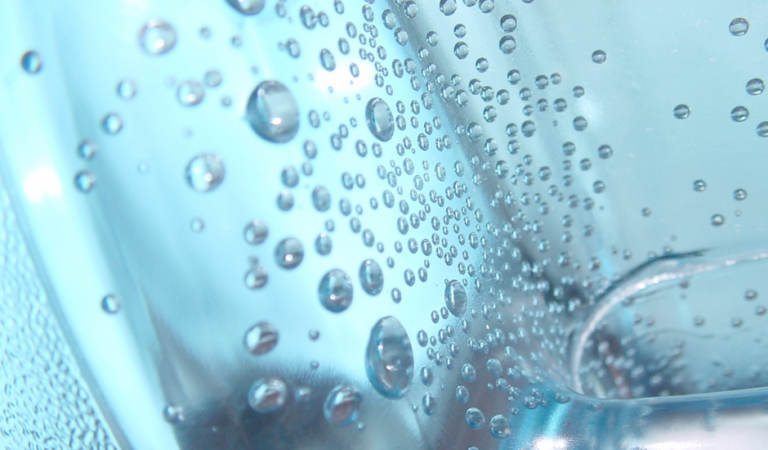 26th July 2022
26th July 2022Why Is Cold Water Tank Hygiene Important?
Cold water tanks are used across the world for several different reasons and also come in a number of different materials.
As with any product used for domestic or commercial use, it is important that cold water tank hygiene is maintained. But why? This blog aims to why cold water tank hygiene is so important.
The HSG247 and ACoP L8 guidelines stipulate that water tanks should be inspected regularly and cleaned when necessary in order to control the safety of the water and prevent Legionnaire’s Disease, caused by Legionella bacteria. If nothing else, cold water tank hygiene is not only important but necessary for Health And Safety Regulations.
The Importance Of Cold Water Tank Hygiene
Regularly cleaning your cold water tank is important not only for the safety of the water tank but the water itself too.
You should maintain the hygiene of your cold water rank for a number of reasons.
- To avoid bacteria build-up
- To avoid rust
- To aid the water filtration process
Maintaining water hygiene reduces the risk of disease, and this is the same with cold water tanks. It goes without saying that clean water is the most important thing, so therefore the tank in which water is stored should meet a certain level of hygiene too, in order to decrease contamination of water.
Maintaining cold water tank hygiene is essential for water hygiene and Legionella control. Over time, bacteria, including Legionella can build up inside your cold water tank, having a direct impact on the safety of the water.
It is of the utmost importance that your cold water tank undergoes thorough hygiene checks often in order to preserve the safety and cleanliness of the water and the tank.
The Risks Of A Unhygienic Cold Water Tank
An unhygienic water tank can become a breeding ground for unwanted and harmful bacteria. It can also be the cause of stagnation in water, a large cold water tank left for a large amount of time means water is under-utilised with poor flow and left to stagnate.
Not only is cold water tank hygiene important for the avoidance of bacteria, but also debris. Cold water tanks can often act as a catchment for debris and organic matter like leaves, which again can have an impact on the water stored in the tank.
Water tanks are an integral part of many industrial processes and businesses and are essential for maintaining production. An unhygienic cold water tank could have a detrimental effect on said industrial process and pose a huge risk to businesses due to the effect of contaminated water on humans.
More On Legionella
Legionella is a word that crops up a lot when discussing water tank hygiene. These specific bacteria are most commonly found in water, specifically within 20-45 degrees and where nutrients are available.
Legionnaires’ disease can have a fatal impact on humans when contaminated airborne water droplets are ingested.
Cold Water tanks should be at a temperature below 20 degrees so Legionella bacteria cannot survive.
Cold Water Storage
At Cold Water Storage, we offer a Legionella service, allowing business owners to understand the risks of Legionella and how best to control it. We provide a thorough risk assessment of the on-site water system and tank where we conclude the risks of Legionella.
No matter how well you maintain the cold water tank’s hygiene, they are always at risk of contamination, so regular cleaning and risk assessments are a necessity to prevent contamination and maintain water hygiene.
You can find more of our work here.
Get In Touch
Thanks to our 30 years of knowledge and experience in the water hygiene and Legionella industry, we can guarantee cold water tank expertise.
Our water treatment services and Legionella risk assessments make sure your cold water tanks are meeting Health and Safety guidelines and water hygiene regulations.
If you want to discuss cold water tank hygiene and its importance. Get in touch with us today!
Call us on 01943 872 311
Or email us at info@coldwaterstorage.co.uk